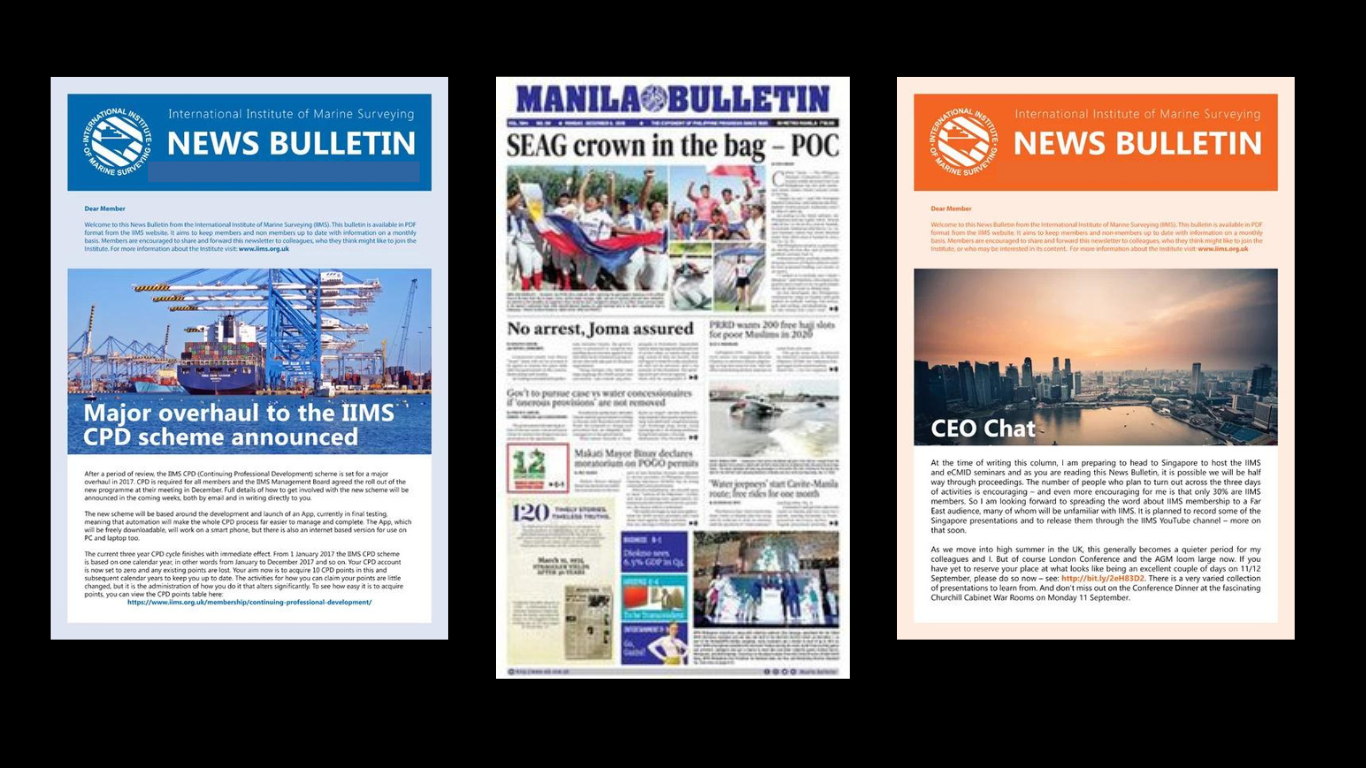[Global News Newspaper]

Executive Summary

This article delves into the complex and ever-evolving world of global news by analyzing its impact on individuals, societies, and international relations. We explore key factors that shape news dissemination and consumption, examining the role of technology, social media, and political agendas in shaping narratives. Additionally, we address the implications of fake news and media bias on global understanding and trust.

Introduction
The daily flow of global news bombards us with information about events happening across the world. From political upheavals to scientific breakthroughs, news coverage shapes our understanding of the world and influences our perspectives on crucial issues. However, navigating the intricate landscape of global news can be challenging, as the lines between truth and misinformation blur with increasing frequency. This article aims to provide a comprehensive overview of the global news ecosystem, analyzing its complexities and implications for individuals and societies alike.
Frequently Asked Questions
What are the main sources of global news?
The sources of global news are diverse and include traditional media outlets, online news websites, social media platforms, and independent journalists. Each source has its own biases and agendas, making it crucial to consume news from multiple sources to obtain a balanced perspective.
How do social media platforms influence global news?
Social media platforms have become powerful tools for spreading news and shaping public opinion. While they provide platforms for diverse voices and perspectives, they also create opportunities for misinformation and the spread of fake news. Social media algorithms can further contribute to filter bubbles, reinforcing existing biases and limiting exposure to diverse viewpoints.
What is the impact of fake news on global understanding?
The proliferation of fake news poses a significant threat to global understanding and trust. False or misleading information can spread rapidly, leading to distorted perceptions, heightened tensions, and even violence. The global community needs to prioritize combating fake news through education, media literacy, and robust fact-checking mechanisms.
The Role of Technology in Global News
Technology has revolutionized news dissemination and consumption. The internet and mobile devices have made accessing news from around the world easier than ever. Online news platforms and social media have created new avenues for news distribution and engagement.
- Increased accessibility: Technology has significantly broadened access to global news for individuals worldwide. With a few clicks, anyone can access news from different countries and perspectives.
- 24/7 news cycle: Technology has accelerated the news cycle, providing constant updates and information. This can lead to information overload and difficulty distinguishing credible sources from unreliable ones.
- Citizen journalism: The rise of citizen journalism has empowered individuals to report on events in their communities and contribute to global news coverage. However, it also presents challenges in verifying the accuracy and credibility of information.
- Social media impact: Social media platforms play a crucial role in sharing news, promoting public discourse, and shaping public opinion. However, they can also become breeding grounds for misinformation and echo chambers, reinforcing existing biases.
The Impact of Social Media on Global News
Social media has become an integral part of the global news ecosystem. Platforms like Twitter, Facebook, and Instagram have transformed how people consume and share news, impacting its reach, influence, and credibility.
- Rapid dissemination: Social media allows for rapid and widespread dissemination of news, enabling information to reach a global audience instantly. However, this speed also increases the risk of misinformation spreading unchecked.
- Citizen journalism and activism: Social media platforms have empowered ordinary individuals to become citizen journalists, reporting on events directly from the ground. This has led to increased accountability and transparency, but also challenges in verifying information.
- Filter bubbles and echo chambers: Algorithms and personalized content feeds can create filter bubbles and echo chambers, limiting exposure to diverse viewpoints and reinforcing pre-existing biases.
- The rise of influencers: Social media influencers have emerged as important sources of news and information for their followers, impacting public perception and opinion formation.
Political Agendas and Global News
Global news is often influenced by political agendas. Governments, political parties, and interest groups utilize media platforms to promote their narratives and influence public opinion. This can lead to biased reporting, censorship, and suppression of dissenting voices.
- Government control and censorship: In some countries, governments exert significant control over media outlets, censoring information and limiting freedom of the press. This restricts access to unbiased information and hinders critical analysis of political events.
- Propaganda and disinformation: Political actors may employ propaganda and disinformation campaigns to manipulate public opinion and advance their agendas. These tactics can undermine trust in media outlets and sow discord among citizens.
- Media bias: Media outlets often exhibit biases based on their political leanings, ideological stances, or financial interests. Identifying and acknowledging these biases is crucial for understanding the perspectives presented in news coverage.
- International relations: Global news coverage can significantly impact international relations, influencing public perception of foreign policy and shaping diplomatic interactions between nations.
The Challenge of Fake News and Media Bias
The proliferation of fake news and media bias poses a significant threat to the integrity of global news. Misinformation can spread rapidly online, leading to distorted perceptions, distrust in credible sources, and even violence. Identifying and mitigating these challenges is crucial for fostering a more informed and responsible news environment.
- Spread of misinformation: Fake news can spread rapidly online through social media platforms, viral content, and manipulated information. It often exploits emotions, biases, and a lack of critical thinking skills to gain traction.
- Erosion of trust: The spread of fake news erodes trust in traditional media outlets and other sources of information. This can lead to polarization, increased susceptibility to manipulation, and a decline in civic engagement.
- Impact on public discourse: Fake news can distort public discourse, hindering constructive dialogue and fueling conflict. It can also contribute to the rise of extremism and intolerance by amplifying biased narratives.
- Combating misinformation: Addressing the challenge of fake news requires a multi-pronged approach, including media literacy education, fact-checking initiatives, platform accountability, and collaborative efforts to promote media literacy.
Conclusion
Global news plays a crucial role in shaping our understanding of the world and influencing our perspectives on critical issues. However, navigating the complex and ever-evolving landscape of global news requires critical thinking skills, media literacy, and a healthy skepticism towards information presented online. By understanding the factors that shape news dissemination and consumption, we can become more discerning consumers of information and contribute to a more informed and responsible global dialogue.
Tags
Global News, Media, Journalism, Technology, Social Media, Fake News, Media Bias, Information, Politics, International Relations, Trust, Public Opinion, World News, News Consumption, News Dissemination




